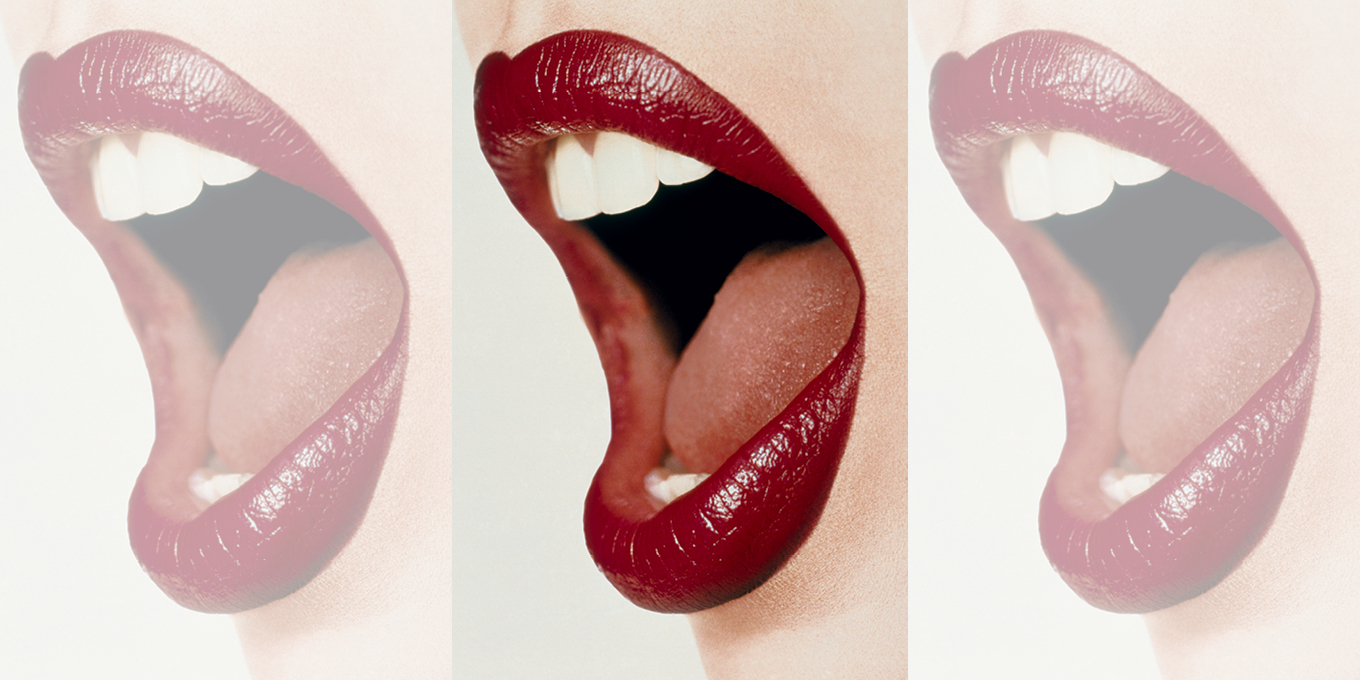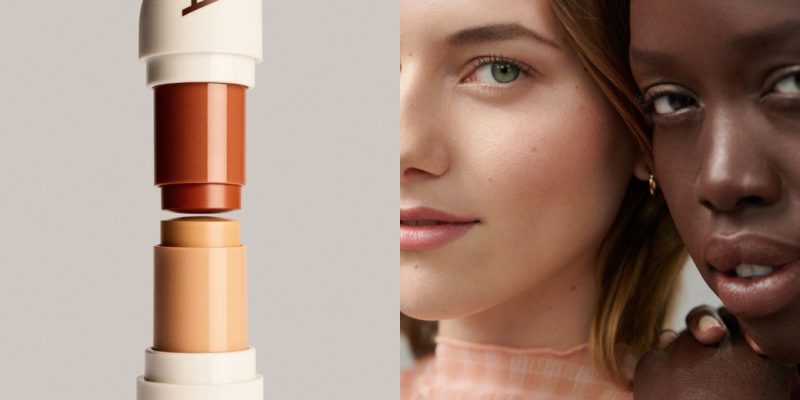Health & Fitness
TikTok Teeth
Social media is driving the trend of having a sparkling-white smile, and more young people are putting their money where their mouth is.
by : Sumiko Wilson- Aug 2nd, 2021

getty images
Veneers are nothing new, but nearly a century after they first arrived on the scene via Hollywood dentist Charles Pincus, their popularity is at a fever pitch. What used to be a prerequisite for movie stars (Google Tom Cruise’s smile before and after), rappers (Gucci Mane’s set is literally fluorescent) and reality-TV personalities (NeNe Leakes’ dental journey is Odyssey- worthy) is now a go-to for influencers and pretty much everyone else thanks to social media.
“I’ve been doing this for almost 28 years, but in terms of veneers, they’re on the rise—especially among young people,” says Dr. Sol Weiss, a cosmetic dentist in Toronto. He finds this ironic given that our smiles have been hidden since early 2020. “You wouldn’t think that this would be happening now, but it seems like people are having it done because they’re getting ready for a time when they won’t be wearing masks,” says Weiss.
Dr. Goth Siu, a prosthodontist who has also seen a surge since reopening last summer, has a different theory. “People are doing a lot more virtual meetings, and they’re looking at themselves way more than normal,” he says. “[Before COVID], you’d be looking at other people, but [these days], in virtual meetings, most people are just looking at themselves.”
Toward the end of last year, TikTok users popularized the “veneers check,” where they showed harrowing “before” shots of their smiles: whittled-down nubs awaiting a whole new set of teeth. Dentists on the platform sounded off, clarifying that when teeth are filed down to pegs, as they were in those videos, they require full-on crowns, not veneers. The former encompasses the entire tooth and requires more thorough filing down, hence the sharklike grins we were seeing on TikTok.
Much like acrylics cover nails, veneers coat the front of the tooth with a shell made of porcelain or composite resin. It’s a smile-enhancing option for those with chips, tooth decay or excessive yellowing, and it can also address more subtle imperfections like gaps. Once the tooth is prepped—a small amount of the surface is ground away—the veneers are installed with an adhesive and tailored to the perfect size, shape and hue.
Siu, whose downtown-Toronto practice works strictly with crowns and veneers, insists that if done properly, veneers can be very conservative, requiring that very little enamel be removed. But even with less filing, they can still be risky for younger patients, says Weiss. “Anytime you’re filing into younger people’s teeth, the nerves are bigger and there’s more of a chance that you can damage them,” he explains. “If you file too close to a nerve, they can wind up needing root canals in the future.”
And considering that sets need to be replaced every 10 to 15 years, filing isn’t a one-time occurrence. “They don’t last forever, and [if you start] at 16 or 18 years old, you’re going to be doing a lot of those in your lifetime,” says Weiss. “Every time you do, you’re taking more of the tooth off. It’s impossible not to.”
Siu likens the process to sanding away wallpaper. “Every time the veneers are redone, the dentist has to polish the teeth, and no matter how careful they are, they’re probably going to touch the underlying wall a little bit,” he says.
The biggest misconception is that veneers are an easy fix, says Weiss. When Toronto microblader Danielle Szpargala went to Siu for porcelain veneers on her two front teeth, it was a multi-step process. “The way I did it required years of lead-up,” she says. “I had braces twice, then I had to look at whitening and internal bleaching, then I had gum surgery. It’s not a one- or two-month process—sometimes it can be really long. But when you do it right, it makes all the difference.”
The risks are present, but they can’t dampen the unrelenting desire for a sparkling smile, something that can be traced back to antiquity. Archaeologists discovered Egyptian mummies with gold bonding on their teeth, applied similarly to how we’d use a retainer. What function it served is unclear, but the find suggests that teeth have long been a status symbol. Today, a perfect smile implies either great genes or some level of dental work, with a more extreme show of wealth being a mouth full of bling in the form of iced-out grillz. But the cost of dental prosthetics adds an element of exclusivity. Weiss says that at his clinic, the average price of porcelain veneers ranges from $1,200 to $2,000 per tooth. While composite veneers—which are sculpted directly onto the natural tooth using a white-coloured resin—are more affordable, they are less durable and more susceptible to staining.
Toronto influencer Anife Toupeva got composite veneers installed in February, two months before launching her own YouTube channel, which now has over 30,000 subscribers. “I don’t know if there’s any correlation, but it’s interesting that I waited until after I got my teeth done to start posting,” she says. She shared details of the procedure—her way of keeping it real. “The only thing that people want is honesty so that young children aren’t growing up and being hard on them- selves, thinking that these things are natural,” says Toupeva. “The beauty standard is unrealistic, so I wanted to be super transparent and show what I looked like before, even though it was hard for me.”
Whether or not we actually part ways with our masks this year, veneers are here to stay. But instead of passing them off as natural, it’s important to keep the spirit of disclosure at the core of the TikTok “veneers check” alive so that new smiles can be enjoyed and admired without setting an unrealistic standard.
Read more:
Should I Freeze My Eggs?
Living With Excoriation Disorder or Chronic Skin-Picking
Are Adaptogens the Secret to a Glowing Complexion and Healthy Skin?
Newsletter
Join our mailing list for the latest and biggest in fashion trends, beauty, culture and celebrity.
Read Next

Beauty
The Best Met Gala Beauty Looks Of All Time
From Taylor Swift's 'Bleachella' era to Rihanna's iconic 2011 braids, meet the best beauty moments in Met Gala history.
by : Katie Withington- Apr 26th, 2024

Culture
Benny Blanco Says He Fell in Love With Selena Gomez Without ‘Even Noticing’ It
Allow Benny Blanco to tell the straight-from-a-rom-com story of how he realized his feelings for his girlfriend and longtime friend.
by : Alyssa Bailey- Apr 26th, 2024

Beauty
ELLE Tried It: Five Serums to Up Your Skincare Game
Members of the ELLE team tested Avène Dermatological Laboratories’ five new concentrated serums. Here's what they thought.
by : ELLE Canada- Apr 25th, 2024




